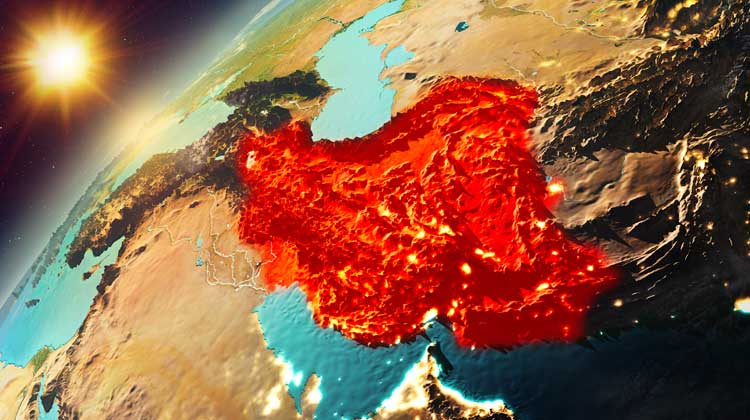From In Homeland Security: Iran has used the Syrian civil war to expand its footprint throughout the Levant, while Israel pushes back. On January 20 and 21, Israel and Iran launched attacks against each other. Israel struck Iranian targets in Syria near the Damascus airport, while Iran launched a medium-range missile into the Israeli-controlled Golan Heights.

According to Jerusalem, Iranian forces were not supposed to be in the area per ongoing discussions with Russia. Moscow asked Israel to halt its air strikes in Syria, but the threat from the Iranian presence so close to the Israeli border was too much of a security risk. Either Russia doesn’t have the ability to compel Iran to leave the airport, or the Russians are simply ignoring the matter since Israel has not stopped its strikes.
This is only one complication among the various powers vying for influence, if not outright control, of a post-civil war Syria. However, this standoff between Israel and Iran has the potential to escalate into a much more active conflict.
Iran’s Historical Perspective
Historically, Iran has attempted to move beyond its mountainous borders into Mesopotamia and the greater Levant to the Mediterranean. Much of this movement was predicated on preventing a hostile power from occupying Iraq and keeping ancient Persia (modern Iran) hemmed in.
By moving westward, Persia could participate in the robust Mediterranean trade and also control all east-west commerce. It was a powerful pull, but fraught with risk that eventually brought Persia into conflict with distant Greece.
Continue reading here.